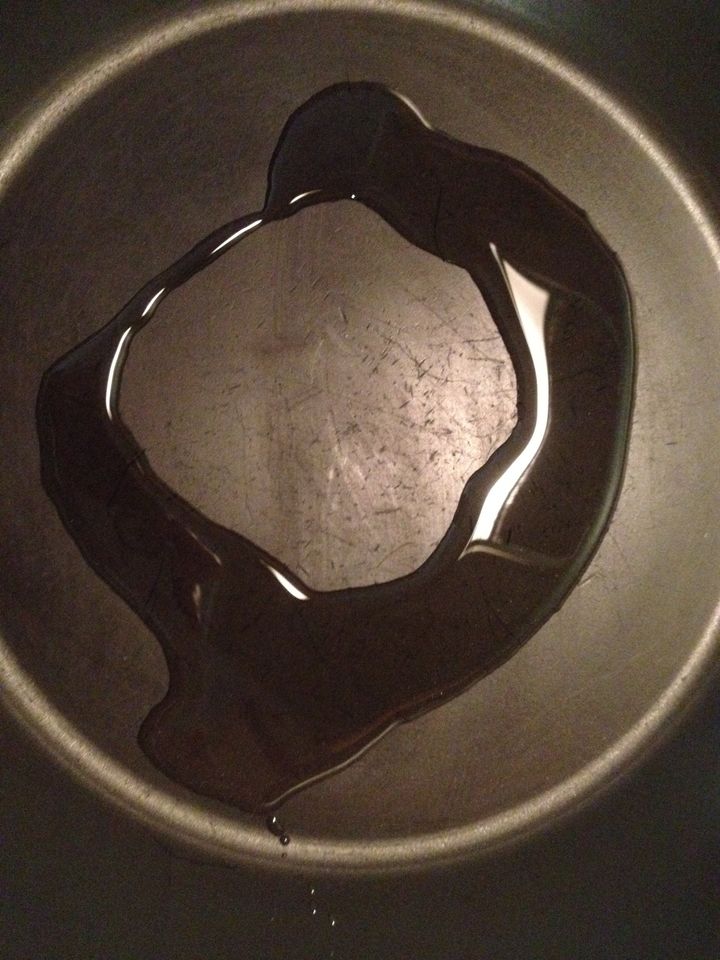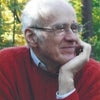
ENSO OF OIL IN A FRYING PAN
I was slow to respond to several exposures to Buddhist practice. One sister moved to Tokyo. I visited her there in a country full of Buddhist temples and priests. Our other sister lived a year in Nepal, to which many Buddhists escaped after the Chinese invasion of Tibet. My sister’s husband made an independent film about a Buddhist ritual called “Mani Rimdu,” a ritual of pills, in which swallowable orbs, dyed vivid red, were said to absorb healing powers during a week of rituals and were then distributed to pilgrims.
The film was called “Lord of the Dance.” It quoted a Buddhist teacher as proclaiming that “to the ordinary mind, everyone is ordinary; to the enlightened mind, everyone is a Buddha.”
Here at home, I had followed the influence of Buddhism on the Beat Generation, even before moving to the San Francisco Bay Area myself in 1966. The self-deprecating term, “dharma bums,” named the allegiance to the way of Buddha. They may have been regarded as bums, but they had ventured outside the U.S. mainstream in order to absorb wisdom from the East.
When living north of the city in the county of Marin, I also visited the meditation center called Spirit Rock, by which time Buddhist practice had been naturalized just a little bit. I began to read such writers as Jack Kornfield, Pema Chodron and Stephen Batchelor. These three were residents of Marin, of Nova Scotia, and of the U.K. and France.
However, it was not until I moved to southern Oregon, to Ashland, that I adopted a serious practice myself. I have elsewhere described joining a sangha that met at dawn. When introduced to a member of another sect of Zen, which had different practices, I said that the big distinction is not between facing the wall (Soto) and facing the center, in our case toward a candle (Rinzai),), but between meditating and never lapsing from ordinary reality while awake.
Having once started to meditate, I did not want to stop, even though getting up before sunrise took some getting used to, even when my long-time girl-friend was going to the same sangha. At first it was hard to grasp the merit of just sitting. It seemed like an opportunity to think. I liked being in a circle of other devotees. I liked the singing bowl at the start. I liked the silence thereafter. But so what?
The instruction to follow one’s breath and be aware of the moment seemed too simple to yield anything. As my Mom would ask, “what do they believe?” She was thinking of the Nicene Creed solemnly intoned by the insurance salesmen, doctors, and managers of my youth in the Lutheran Church. What was the possible efficacy of a spiritual service with no creeds, no hymns, no sermon, no readings from a sacred text?
“Just sit,” the teacher told us. Apparently the Buddha had believed people could come some to a life-changing realization simply by doing nothing, or rather, by getting away from the chatter that is generated incessantly by our ordinary minds.
“Monkey mind”: the phrase reminded me of a friend who calls our species QDPs, or “quasi-domesticated primates.” (He feels we became really dangerous when we developed “power tools,” such as, I suppose, nuclear bombs and “delivery vehicles.”)
Liking symbolic inversions, I was charmed by a practice that did not add anything, but rather took gently away. Is your head full of chatter? What happens if you become quiet? Are you distracted from distraction? What happens if you let the space go empty? Are you striving, as we’re taught to strive? What happens if you stop trying?
We’re raised in a system that has faith in the invisible hand, a magic limb that converts private striving, even greed, into social well-being. A system that believes that getting as much stuff as possible is the path to happiness. This is very different from a practice that works by a kind of subtraction.
There are many people who can explain Buddhist practice and its benefits much better than I can. Perhaps it is tactless to emphasize, as I have, its difference from our own civilization, but it pains me to see meditation presented mainly as a technique of “stress reduction” in the corporate environment. I see it rather as an alternative.
Note: in Zen calligraphy an “enso” is drawn in a quick single stroke and is thought to express the character of the artist..
